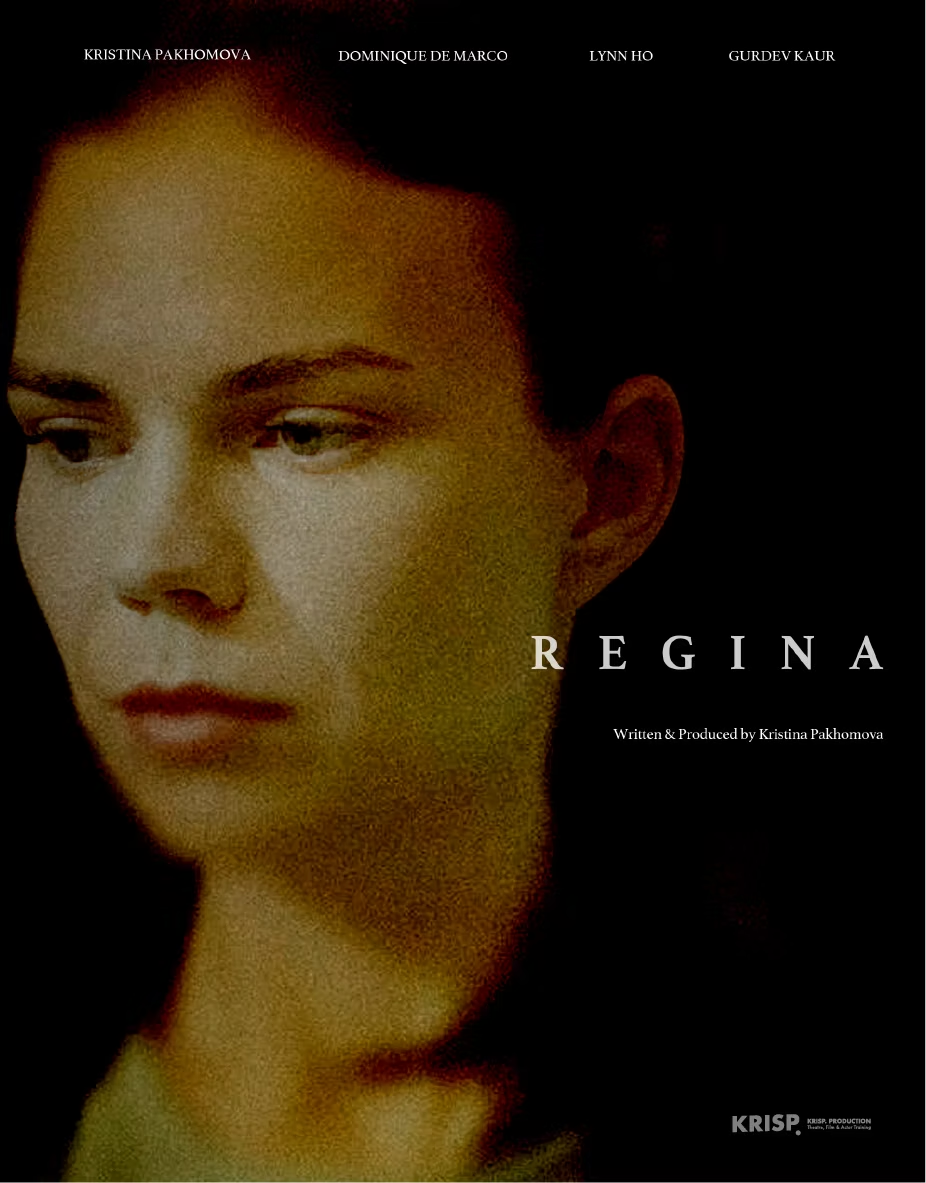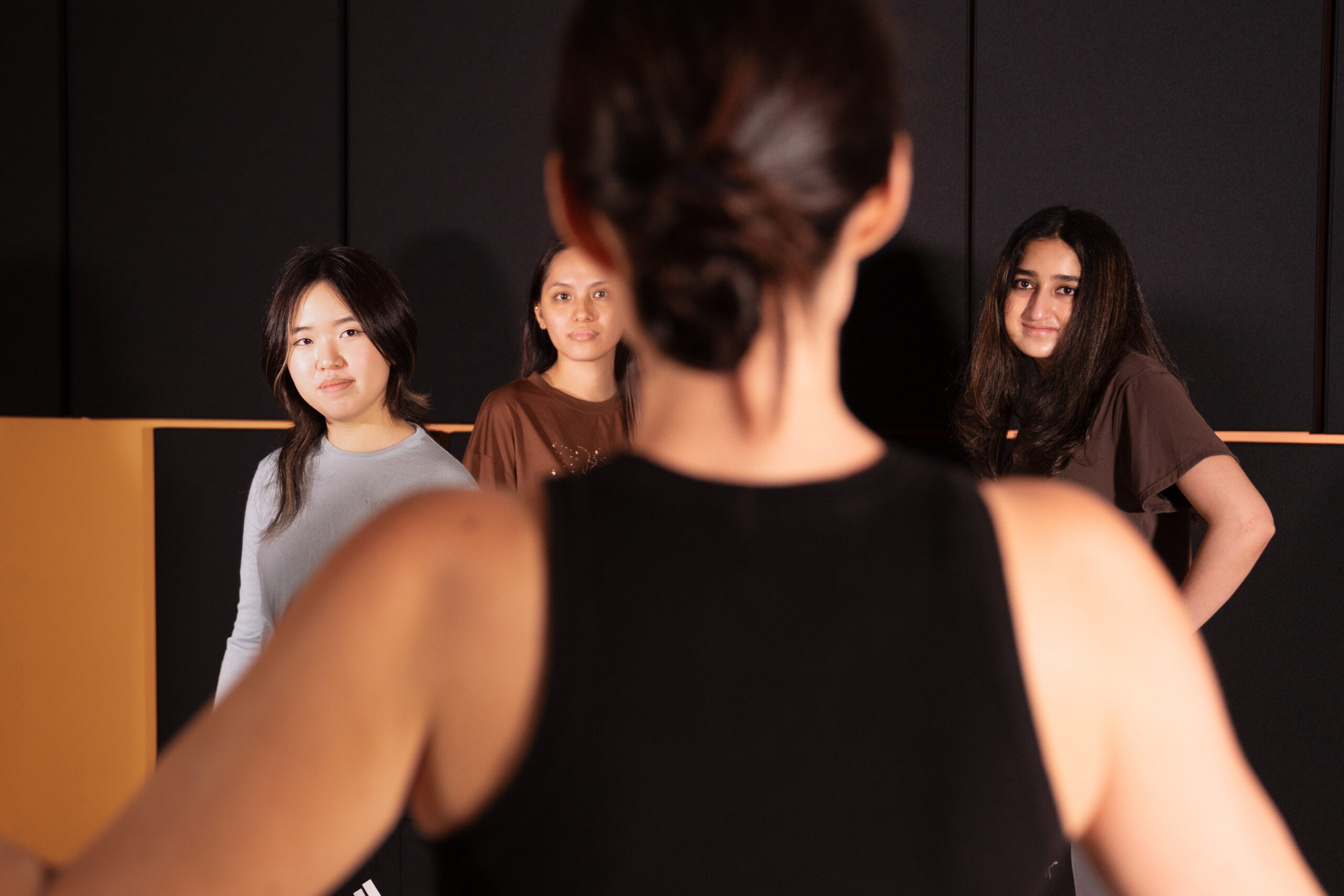The contents of this post are our learning points from producing the play Water Child during the limitations of the COVID-19 pandemic. It’s a great accompaniment to the play, but has great insights in itself. Hence our decision to post it on the blog.
One day, we will rearrange this information and supplement it with new learnings to make something entirely new. In the meantime, please enjoy!
— Director’s Note
Personally, Water Child has been a slew of many interesting firsts in an attempt to assume normalcy; by directing a theatre piece through an online medium.
There will be much to garner in evaluating the experiences of theatre making and audienceship at this stage of global quarantine and the ensuing steps if we ever assume a new normal of live performance.
I’ve noticed how in the process for this work, the times in which the employment of directing and cinematography came into play and when the actors’ own practical discourse between ‘screen acting’ and ‘stage acting’ subconsciously were in contention.
How then do you as an audience, consume this placeholder of live theatre, performed live, via a digital medium that also becomes available as a recorded film that is not a film? I have embraced the unprecedentedness of the times by exploring forms, styles and themes within my practice that would seem as a departure of my usual inter-medial and abstract work; returning to the complexity of realistic people, circumstances and conflicts that are explored in this play.
Water Child dives deep into personal confrontations in encountering states of crisis and unfamiliarity; how do we overcome trauma, communicate our fears and connect to a support system to move forward as a community? I believe that all of us have felt some sense of loss in recent times and I do hope that we can find our own Water Child after this experience.
— Actors’ Notes
With Zoom’s limitation of having the audience on another side of the screen on the other side of the world, we were made to be creative in ways we never thought we’d explore. The ability to be able to communicate our message and have it understood by our audience was made more urgent. There were many things we tried that didn’t work, but plenty more that did.
Scheduling was the first thing we had to tackle, belonging in different timezones, but it wasn’t that big a hurdle, because you alway make time for that which you love doing.
One of the larger challenges we faced was the emotional connection. Since this play touches on a very delicate topic, it was important that our emotions were translated to the audience regardless of lag times and possible glitches in video quality. We would always begin rehearsals with a Meisner warm-up in order to really check in and engage with one another before moving to working on the text.
Blocking was another important issue we had to address. Located all over the world in our own spaces, we really had to work on where to face and had to pay extra attention to positions because we still wanted to explore the depth of our own rooms while remaining in-frame and moving like we were on the same set.
It was a lot of fun exploring and trying to overcome these challenges — what works on this medium and what doesn’t. Other than that, the amount of love and effort we put into the play is pretty much like we would a live theatre performance.
— Producer’s Note
Working on Zoom has benefitted us greatly in that we were able to reach out to a wider, more international audience. Prior to the COVID-19 Pandemic, KrisP had only been working between HK, Russia and Singapore. With the advent of theatre in Zoom, we have collaborated with creatives from the UK, USA, India, Australia, the Philippines and Indonesia.
This production alone takes energies from 5 different countries, Hong Kong, Singapore, UK, the US and Australia. Most of the team members would never have run into one another had it not been for this project. Now the group has developed a rapport and have become good friends. They even plan to tour the show internationally once the world resumes some semblance of normalcy and travel restrictions have been lifted. They simply aren’t ready to say goodbye to one another.
Based on audience feedback, a great benefit to them of having theatre on Zoom is the ease of access and privacy of home — they are free to be emotional if they want to without having to worry about prying eyes.
We save quite a bit of money overall. In a large way on the cost for the venue and technicians for sounds, lights and set design, as well as in the small expenses that accumulate — travel, food spent outside, all of that. The removal of the need for travel is especially convenient for me, as I have a newborn in the house.
Of course this medium has its own set of disadvantages. The most obvious one being the technical difficulties and limitations that come with living in different countries with varying speeds of internet connection. At the very least this brings up issues of lag time and video quality. One worst-case scenario could be a sudden disappearance of connection on show day, for example. Lag times are something the team can adapt to once made aware of it, but never were we more intentional of anything than on show day that the Zoom Gods would not let us down hahaha!
Another disadvantage is that not everyone is ready to watch theatre in Zoom format, especially so for the demographic that is unfamiliar with Zoom. I can only imagine how frustrating it would be trying to operate it for the first time and having to get help over the internet. Others just don’t trust the quality of such a format. It’s hard to switch people’s habits and minds overnight, but I believe we will get there over time.
Then there’s pricing. Up ‘til now, it has been difficult trying to put a price on Zoom play tickets, unlike a live theatre ticket. Mainly not everyone trusts the format yet and are not ready to invest in it, so we have to charge people by ‘pay as you wish’ although the time and effort that we put into the play is the same as we would any normal live performance. As a result, the producer cannot pay the actors the fair fee that they are duly owed.
— Q&A
Q: Andrew Stevenson
When characters with duologues were putting the work together, did they make an agreement between themselves to rehearse separately or was there a third-party or director present taking down notes and giving comments?
A: Jon Cancio
We would meet at a set time 4 days a week, with the need for attendance set according to which scenes were being worked on on the day. So, at a time, only the characters involved in the scenes of focus were required to be present. This process was very much like live theater rehearsals.
Khai
In particular, the team and director has to be clear with the direction the team is going towards and then break it down to smaller tasks, with a focus on the little details of what each character’s purposes and motives are and bringing that to the forefront. We did a lot of Meisner work for this play — starting with warm-ups, in order for the actors to find a engagement with each other on a physical level and on a textual level and then bringing the text into their engagement to see how they can bring the drama to the forefront of the exercise.
Kris
A great advantage, to add, is also the ability to work with creatives from all over the world as well as reach out to a wider audience.
Sé
I would say the biggest things we had to figure out was the types of blocking as far as handling of the props, and which way we were facing to project that we were in the same space. It feels like we’re in this space between stage production and camera production — very much uncharted territory to navigate but it was so much fun and there were so many opportunities here that we wouldn’t have gotten otherwise.
Q: Steven Dixon
I wanted to ask about the performative’ emotional connection cuz that is always different. I’m the kind of practitioner who works in virtual spaces and real spaces, arguably it’s seen as easier in real spaces but i would be interested to hear how the emotions came through working across zoom. Am actually wondering if the physical space removed as it were actually worked to n advantage because it was so intense and so interesting to see how the actors worked because it all seemed very natural
A: Steph Lodge
Working on the emotional connection was very challenging, and it was really great to have done the Meisner warm ups cuz the connection to the actors is very different not just cuz they aren’t there physically but also cuz you’re sort of navigating where you’re looking and trying to get your position right and also you’re distracted by being able to see yourself as well. The Meisner warm-ups really helped to check in with your scene partner and just be able to look at them and listen.
Jon Cancio
The benefit for zoom for me is that because i am reaching out to someone on the other side of the screen in another part of the world, the need to communicate has become extra urgent. Like.. I need you to see the world the way i see the world and if you don’t it affects me. And when you put limitations on what you can do, you are forced to get creative and try different things.
Khairul Kamsani
There’s a lot to say about the whole intermedial situation, because I am about to start a phd scholarship on actor training using virtual reality and this whole theatre on zoom is giving me a lot of information on how thing can work, should work and will not work. And what has been illuminated to me is the adaptability of human beings and how we connect with each other. Did theatre really change after the invention of the telephone, after photographs and television came about? No, it just evolved and of course we’re gonna have theatre produced and rehearsed in a different process. Maybe now we could have rehearsals on zoom for a month, meet in person and have a very sped up process in terms of blocking and it might be a very different experience for the audience.





